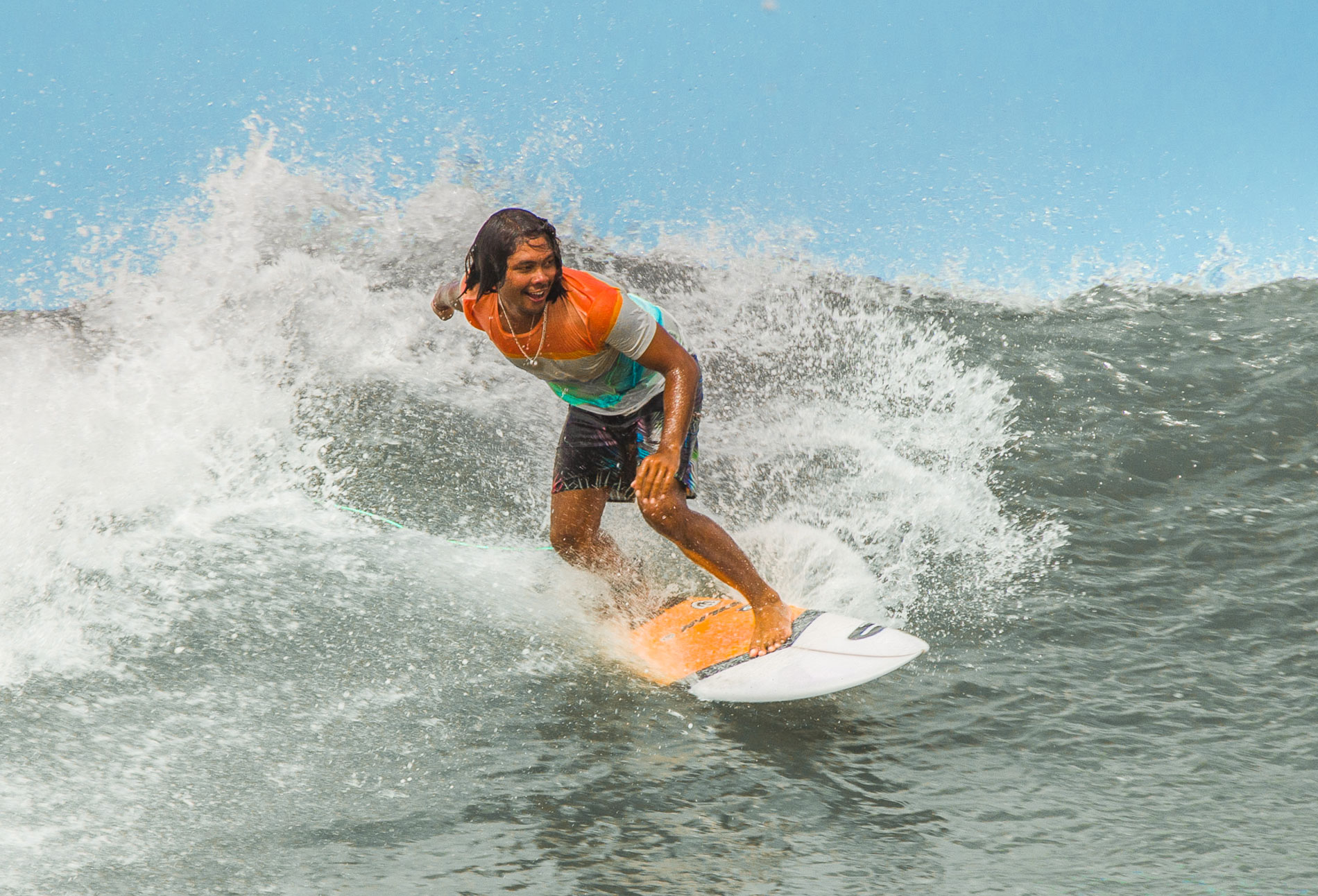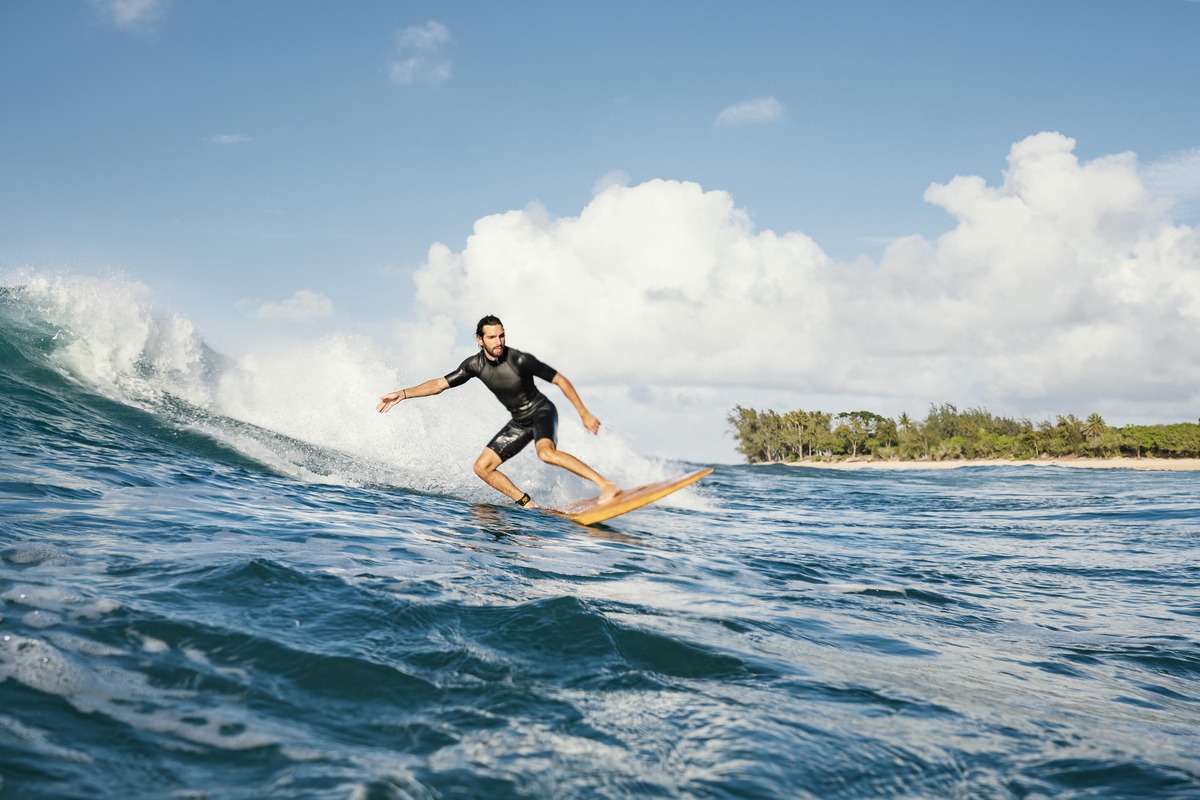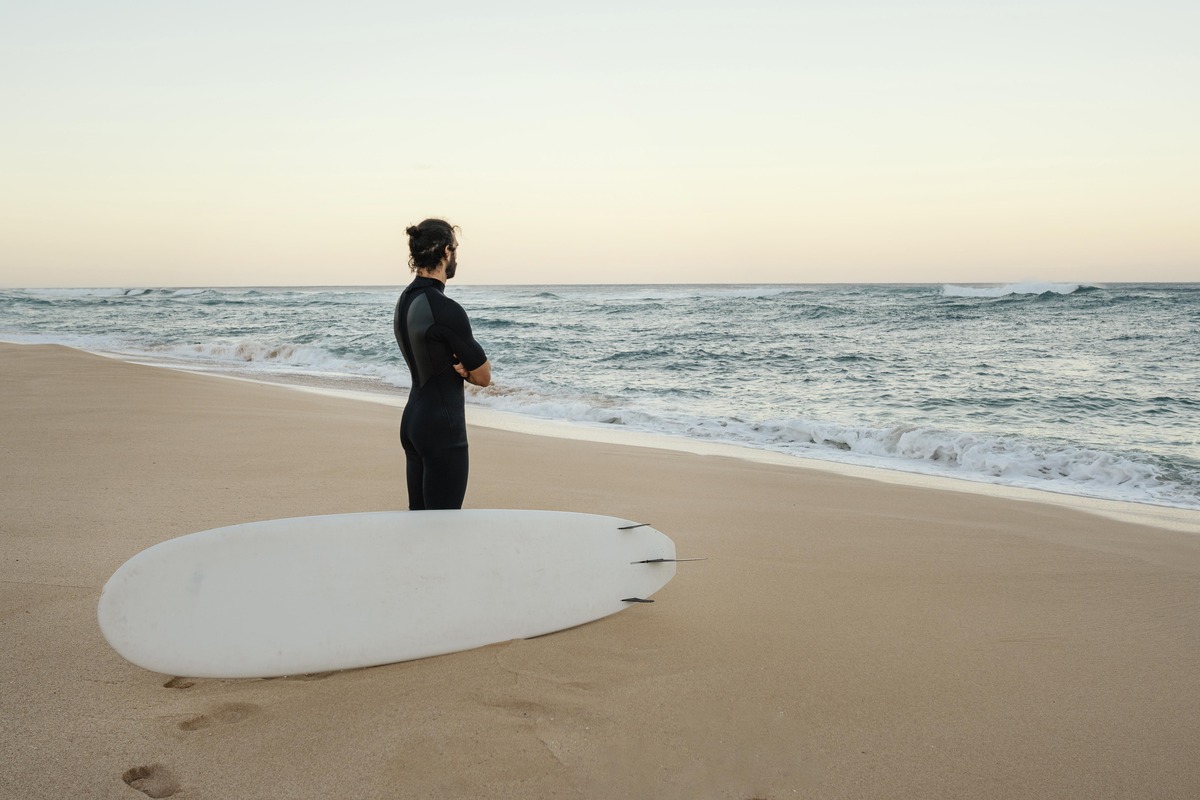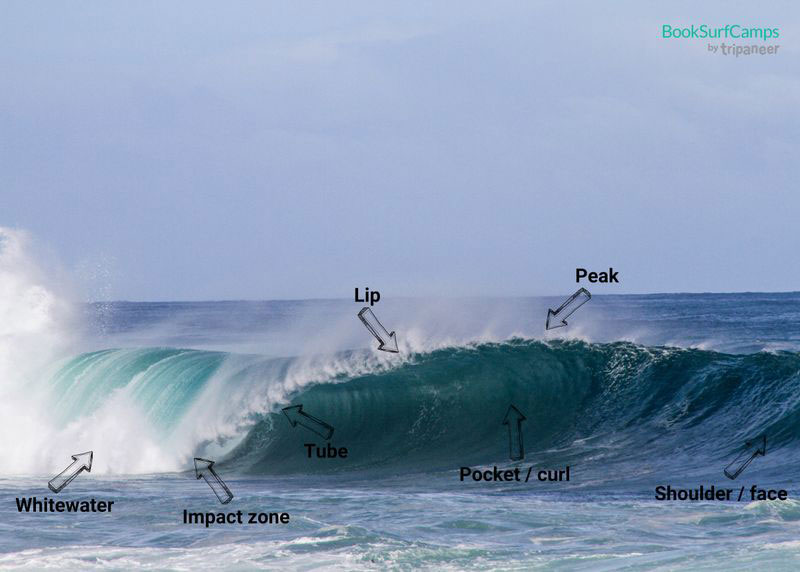
Anatomy of a Wave
A wave consists of seven areas of interest: 1) the peak, 2) the curl, 3) the barrel, 4) the lip, 5) the impact zone, 6) the shoulder, and 7) the white water.
The peak is the highest point of a wave and the first part of the wave that breaks. It’s important to identify the peak to know two things: the perfect positioning to catch a wave and the direction of the ride. The curl is the proverbial ‘aquatic skating ramp’ where most surfing is performed.
The barrel is the special section where advanced surfers are capable of surfing. It’s when they balance their speed relative to the lip movement — too slowly and the wave crash onto them, too fast and they exit the barrel.
The lip is the exact section where the wave breaks. The impact zone is the point where the water crashes onto the flat water in front of the surf. Getting caught in the impact zone is quite a common experience, and requires a technique to safely handle a wipeout.
Although a rare occurrence, getting caught too often in the impact zone can damage your surfboard, particularly if the surfboard is not maintained well. Learn how to properly care for your surfboard here.
The shoulder is the section where the wave would simply pass under you. If you do not want to surf a particular wave, go to this section to ‘skip’ it for the next ones. Waves break into white water, which continues to carry the waves energy to the shore. More often than not, white water is surfable with a longboard.
Photo credit by: Book Surf Camps
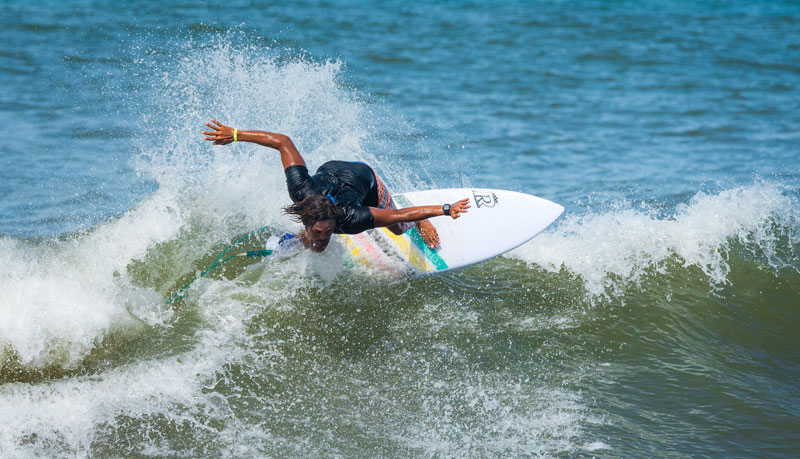
Reading the wave on-the-go
If you want to be fluent in wave-reading, don’t be a passive observer. Do it while you are surfing. Here is the common procedure:
1) Find the peak
The peak is your frame of reference. Before the wave breaks, it’s not obvious which direction (left or right) you should be surfing. Therefore, pay attention to it.
2) Look at the slopes on either side of the peak
You can gauge the slope steepness relative to the horizon. A good rule of thumb is that the direction to surf is on the side where the steeper slope is found.
3) Swim towards the peak
If the direction favors you (i.e. you are on the same side of the peak as the direction of the wave break), swim towards the peak.
4) Turn around and take off
As usual, match the speed of the wave as you are being lifted to peak height, and then take off when you are at the curl, pop-up, and ride.
If you want to learn more about surfing, go to Pelan Pelan Bali at our Canggu Surf Camp. It’s the perfect resort to hang out if you’re looking for a relaxing holiday. Practice yoga and pamper yourself with massages, join cooking classes and treat yourself to good food.



